Tesla raises Model 3 charge capacity to 200 kW
Since last weekend, Tesla has been installing a new firmware update for Model 3 already delivered in Europe. This means that charging capacities of up to 200 kW are now also possible with third-party suppliers – at least at a few locations.
Tesla is currently rolling out an update for the Model 3, which enables up to 200 kW at public high power charging stations. This applies not only to the company’s third-generation Superchargers but also to third-party providers such as Ionity, Allego and Fastned, which operate their high-performance charging stations.
The update, which will be released in several batches, makes the Model 3 in the all-wheel drive and performance version the fastest charging electric car in Europe. So far, the Audi e-tron has had the highest charging power of all, up to 150 kW.
Tesla in Europe will then ignite the second stage in the expansion of the charging capacity at the end of 2019 when the capacity of the Tesla Model 3 is to be increased to 250 kilowatts via an “over-the-air” update.
But not all HPC chargers can offer the Model 3 the full 200 kW. This is not always easy for the customer to see: while Ionity’s Model 3 can always charge at full power (regardless of whether ABB or Tritium charging stations are installed at the site), Fastned’s is different. The Dutch also use ABB chargers with 175 kW at their German locations, but in a different configuration. According to the company, the European long-range model-3 could charge there with about 140 kW. The expansion to a theoretical 350 kW planned for summer increases the charging capacity of the Model 3 to 190 kW.
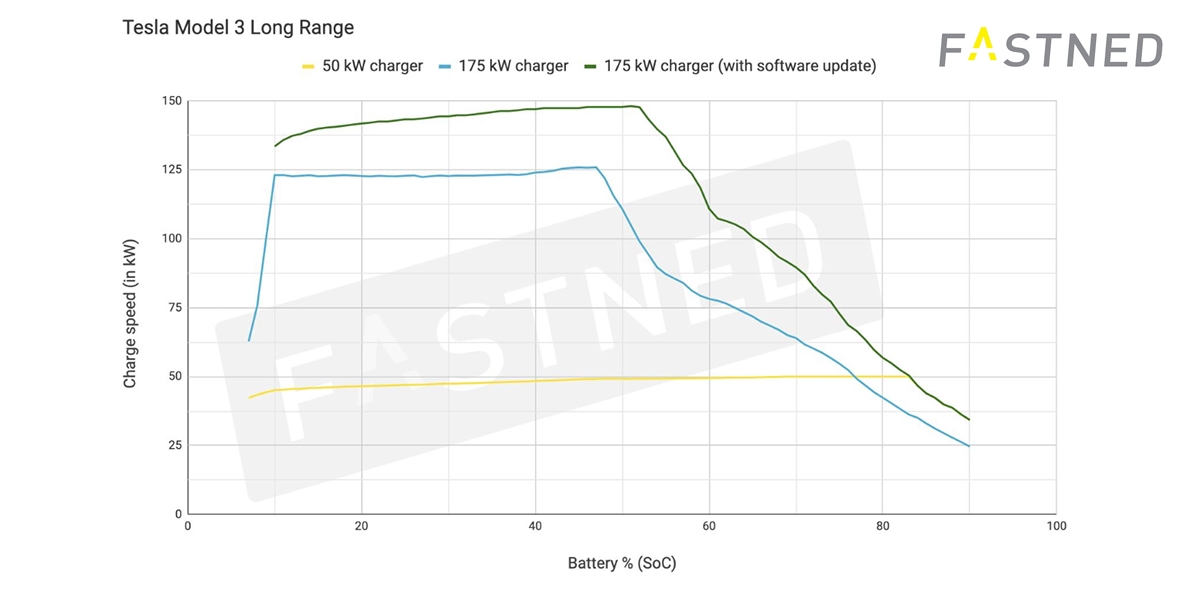
In a video by Norwegian electric car blogger Björn Nyland, you can see that Model 3 now charges faster than an Audi e-tron. The charging capacity of the Tesla at an Ionity station rose to 195 kW but begins to decline slowly from a charge level of around 40 per cent. At 65 per cent it is still 100 kW, at 90 per cent 35 kW. At its peak, the Audi charges more slowly (maximum 148 kW), but remains more constant. Its charging capacity only decreases from a charge level of 69 per cent, at 81 per cent it falls below a charging capacity of 100 kW.
Model 3 is likely to charge even faster on the new generation of superchargers (V3). As Tesla has now confirmed, all eight charging stations at the headquarters in Fremont, California, have been converted to V3 and are accessible to all Tesla drivers – so far only a small number of people have been able to use the new charging stations. In Europe and Asia, V3 supercharging will be available at the first charging stations from the fourth quarter onwards. Even though the charging stations hardly differ in appearance from the V2 Charger, they are completely new developments.
With the V3 Supercharger, Tesla in Europe is switching completely to the CCS connection. The Model 3 has a CCS socket as standard in Europe, and since May 2019 the Model S and Model X have been built with a CCS preparation so that they can charge via an adapter on a CCS column.
Without this CCS preparation on the hardware side, charging with the adapter should theoretically not be possible. An owner of a Model S – according to his information without this preparation – has now tried out the adapter. And as documented in the video, it was charged at an Ionity station with up to 132 kW. It is still unclear how this worked. The car, which was rechecked by Tesla, did not have a CCS retrofit. Tesla offers this retrofit for owners of older Model S and Model X for 500 Euro, including adapter.
Note: An earlier version of the article stated that the Model 3 could not charge at full speed at Ionity sites equipped with ABB chargers. This is not true according to the vendor.
autocar.co.uk, greencarreports.com, teslamag.de (CCS in German)

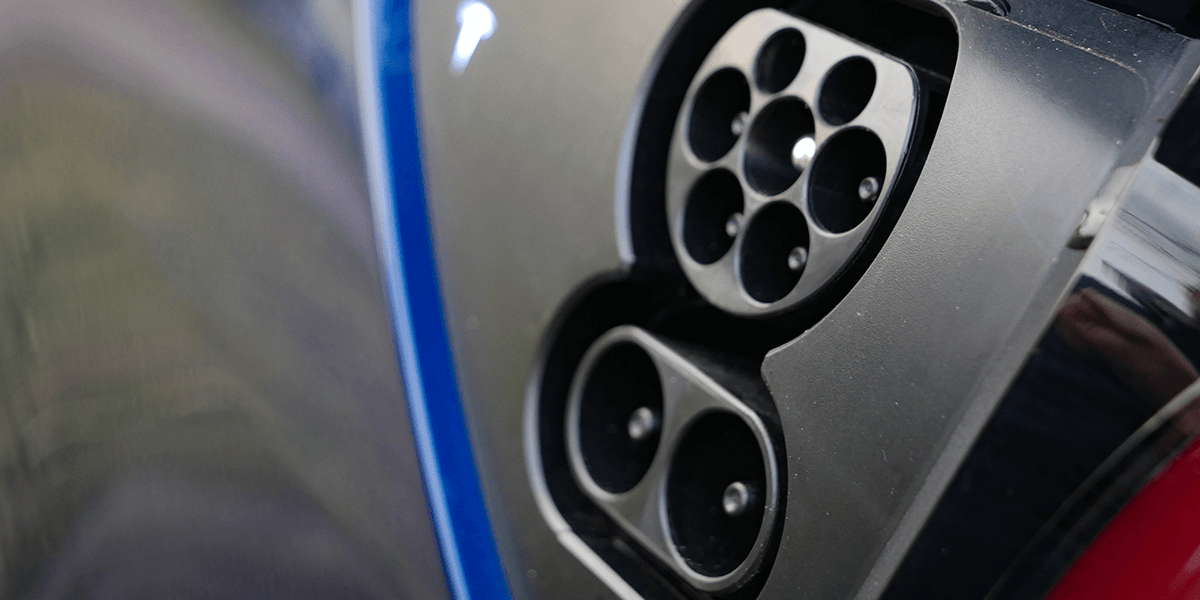
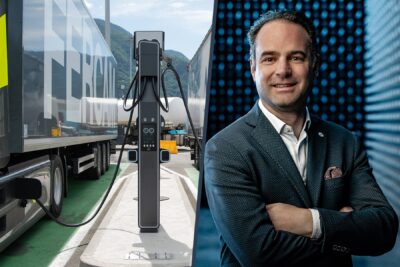
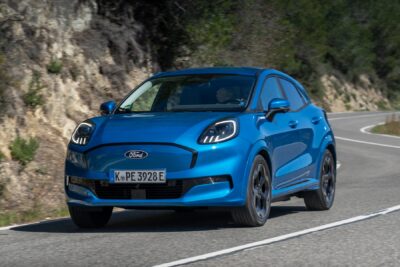
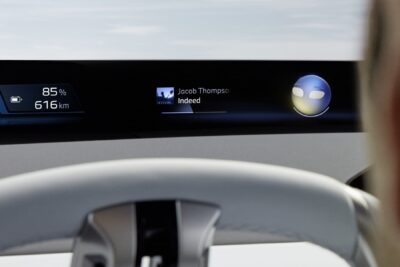
6 Comments